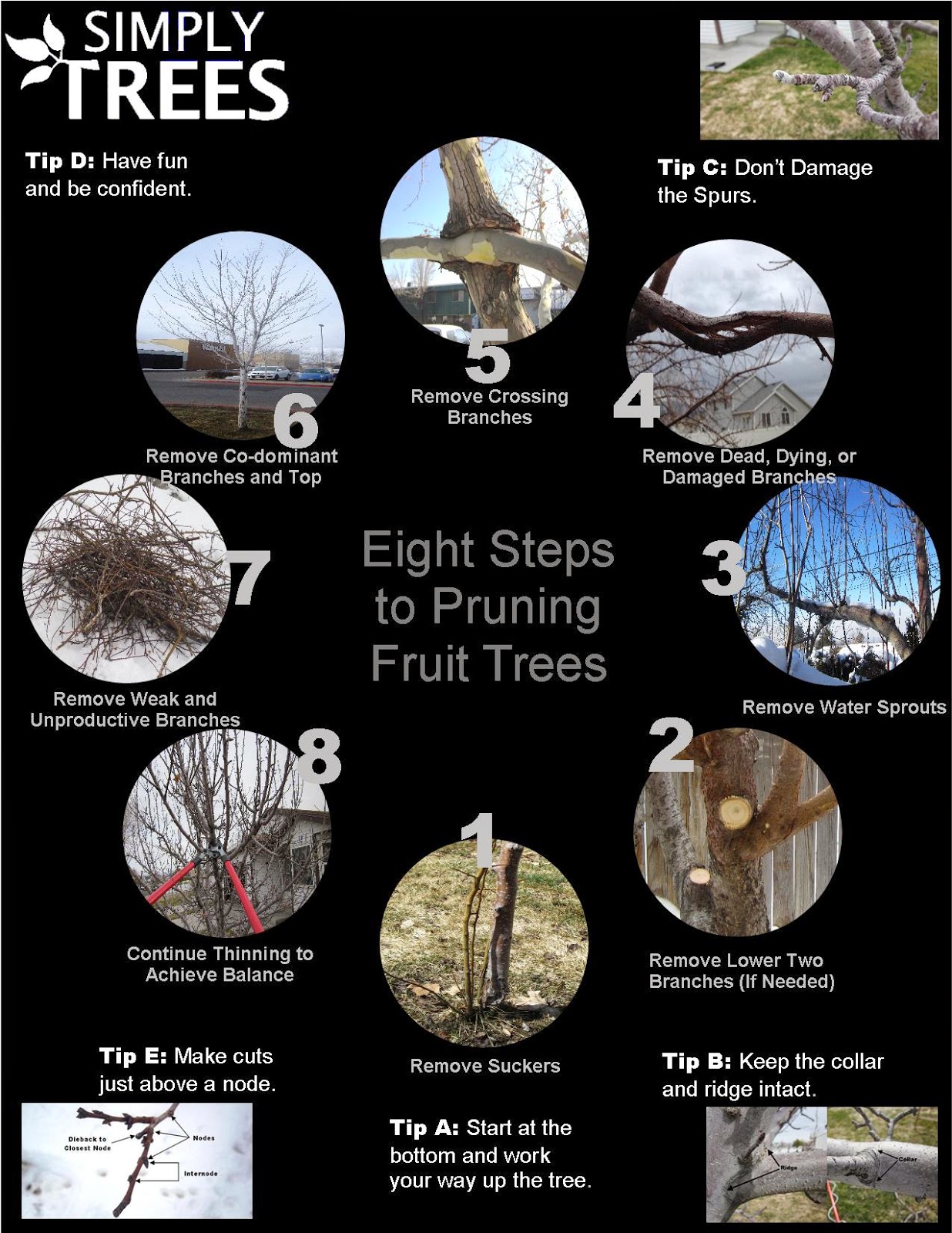Post-Tree Elimination Maintenance Is Important For Restoring Your Landscape; Find Out Essential Steps To Revitalize Your Location And Stay Clear Of Potential Problems
Post-Tree Elimination Maintenance Is Important For Restoring Your Landscape; Find Out Essential Steps To Revitalize Your Location And Stay Clear Of Potential Problems
Blog Article
Writer-Franks Cochrane
After a tree's elimination, your landscape might look quite various, and it's necessary to analyze the consequences thoroughly. You'll want to evaluate the soil disturbance and check bordering plants for any indicators of anxiety. Ignoring these aspects can result in bigger troubles down the line. So, what should Tree Removal Experts Near Me do with those stumps and origins? And exactly how do you choose the most effective plants for your rejuvenated room? Allow's discover these crucial steps.
Evaluating the Aftermath: Evaluating Your Landscape
After a tree elimination, it's critical to analyze your landscape to understand the effect it has on your lawn.
Beginning by examining the location where the tree stood. Try to find signs of soil disruption, and examine the bordering plants for any kind of stress and anxiety or damages.
You should likewise bear in mind of exactly how the elimination has changed sunlight exposure and airflow in your yard. This shift can impact the development of nearby plants, so it's important to examine their wellness.
Consider the aesthetic facets too; the removal may develop an open space that you can upgrade.
Lastly, consider any kind of potential disintegration issues that could occur from the tree's lack. Dealing with these aspects early will help restore equilibrium to your landscape.
Dealing With Stumps and Roots: Alternatives for Elimination
As soon as you have actually assessed the after-effects of the tree elimination, you'll likely require to deal with the stump and roots left.
You have a few alternatives for elimination. One effective technique is stump grinding, where a professional utilizes a maker to grind the stump down to below ground level. This strategy leaves very little disruption to your landscape.
If you prefer a do it yourself technique, you can use a mix of digging and chemical stump cleaners. Just keep in mind, this process can take time and initiative.
Additionally, consider leaving the stump as a natural attribute, which can work as a special garden element or habitat for wild animals.
Whatever you choose, addressing the stump and roots is crucial for recovering your landscape.
Selecting the Right Plant Kingdoms for Your New Area
As you assess your recently removed area, choosing the right plants can significantly boost your landscape's appeal and capability.
Start by thinking about the sunlight and soil problems. For warm areas, opt for drought-resistant plants like lavender or succulents. In shaded areas, brushes and hostas flourish well.
Think of the size and growth routines of your plants; mix perennials and annuals for seasonal selection. Do not fail to remember to integrate indigenous species; they need much less maintenance and support neighborhood wildlife.
Group plants in odd numbers for a much more all-natural appearance and produce layers for visual depth.
Lastly, ensure you have a mix of shades and textures to maintain your landscape vibrant throughout the seasons.
Happy growing!
Verdict
In conclusion, recovering your landscape after tree removal is a satisfying process. By evaluating the results, attending to stumps and roots, and picking the right plants, you'll produce a growing environment. Do not forget to incorporate disintegration control measures to protect your soil. With related internet page and care, you can change your area right into a vivid garden that enhances your building. Welcome the opportunity to renew your landscape and enjoy the beauty of nature right in your backyard!
